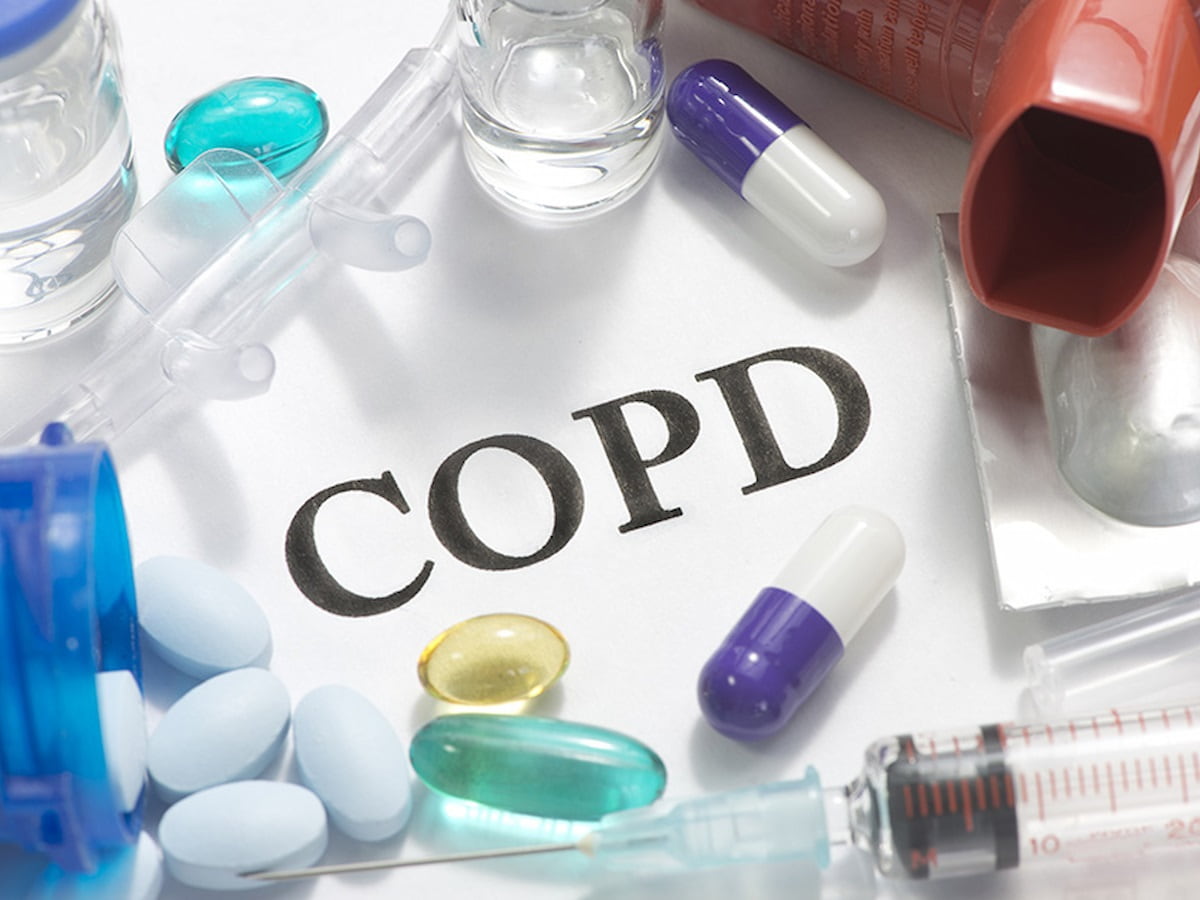Facts About COPD
COPD (Chronic Obstructive Pulmonary Disease) is a set of diseases characterized by cough. Colloquial terms for COPD are smokers lung and smokers cough, as smoking is a main cause of COPD. Most of the patients are smokers or former smokers or they might be tobacco smoke-exposed people. Smoking forms higher concentration of free oxygen radicals in the respiratory tract. Protective mechanisms in the lung are affected by it. The good news is, there are a lot of successful COPD treatments today.
Common COPD Symptoms
A cough associated with COPD occur most in the morning after awakening. The seasonal course of the cough in the fall and winter more than in spring and summer. Another symptom of this disease is expectoration of sputum. It can be a guide to the disease if you do the analysis of the quality of sputum, such as if the sputum is usually somewhat brown in the morning and gets coughed up relatively easily. Also blood may occur in the sputum of a COPD patient. Exertional dyspnea might appear while exercising. The magnitude might increase with the course of the disease and it can sometimes lead to total prevention of movement. Bronchial asthma might be experienced at the beginning during exertion with COPD. One must go for COPD treatments as soon as one notices any of these symptoms.
Common COPD Treatments and Medications
The goal of COPD treatment is to reduce the progression of the disease or halt and improve the quality of life of patients. Turning off the harmful influences is the prerequisite for any meaningful treatment. Smoking should be stopped by the patient, as stopping smoking is the main way for improving the process of prognosis. Passive smoking is also harmful in this case. Spirometry and a 6-minute walk test might be used for monitoring the lung function. The treatment of COPD is done predominantly with inhaled drugs that are administered or powder inhalers. Electrically operated nebulizer inhalers are also available. Bronchodilator drugs are also used for expanding the airways and reducing the airways resistance. Bronchodilators cause reduction in breathlessness and improve resilience. The three groups of Bronchodilators which are used for COPD treatments are beta-2 agonists; anticholinergics and methylxanthines. The drugs differ in terms of the mechanism by which the respiratory muscles are affected and in terms of the effectiveness and adverse effects that may occur.





